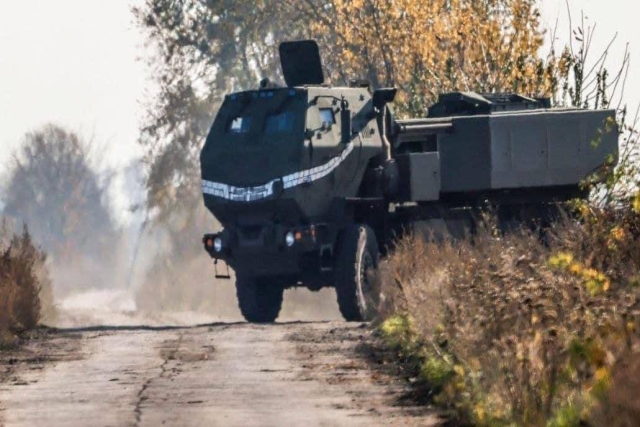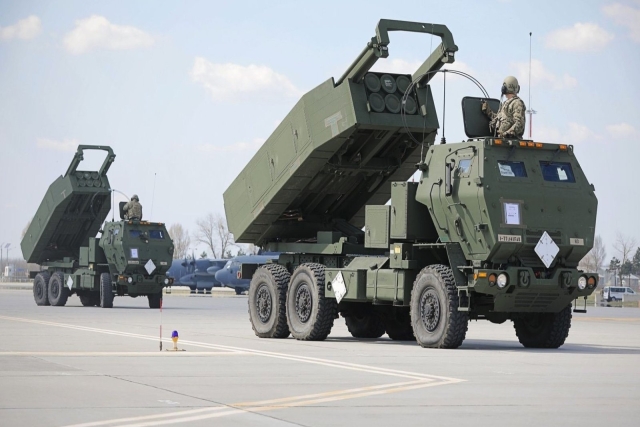HIMARS No Longer a Difficult Target: Russia MoD
Russia employs Buk-M1 Systems to intercept projectiles; while Ukrainian assessment reveals impact of Russian electronic jamming on HIMARS

The Russian Ministry of Defense announced on May 26 that the Vostok Group of Forces' anti-aircraft gunners have neutralized Western-made projectiles and missiles, including the HIMARS (High Mobility Artillery Rocket System), which are no longer considered difficult targets.
This is attributed to the capabilities of the Buk-M1 surface-to-air missile system.
As per the ministry, the Buk-M1 systems are providing reliable coverage for army units and administrative facilities within the Donetsk People's Republic (DPR). These air defense facilities maintain a constant state of alert, monitoring and securing the airspace within their jurisdiction. The Buk-M1 system is noted for its ability to track multiple targets simultaneously and engage them with high precision at distances up to 100 kilometers. Its accuracy is touted as a significant advantage, leaving little opportunity for enemy air targets, including advanced Western missiles, to evade interception.
Given the effectiveness of the Buk-M1 system, it has become a primary target for hostile forces. In response, Russian anti-aircraft units continuously relocate and employ extensive camouflage to mitigate the risk of being targeted by enemy forces.
Meanwhile, a confidential Ukrainian weapons assessment, reviewed by The Washington Post, indicates that Russian electronic jamming has degraded the effectiveness of U.S.-supplied weapons systems like the HIMARS rocket launchers and Excalibur GPS-guided artillery shells. The report claims that the Excalibur shells have lost their precision, disproving their "one shot, one target" reputation. Similarly, the HIMARS system, previously a crucial asset for Ukraine, has been compromised by Russian jamming, causing missiles to miss targets by 50 feet or more.
Russian electronic warfare systems disrupt satellite signals, which guide these advanced munitions, making them miss their intended targets. This jamming has also affected U.S.-supplied glide bombs, causing them to continually miss. While other systems like the UK's Storm Shadow missile and the U.S. ATACMS are less affected, the jamming remains a cost-effective tactic for Russia.













